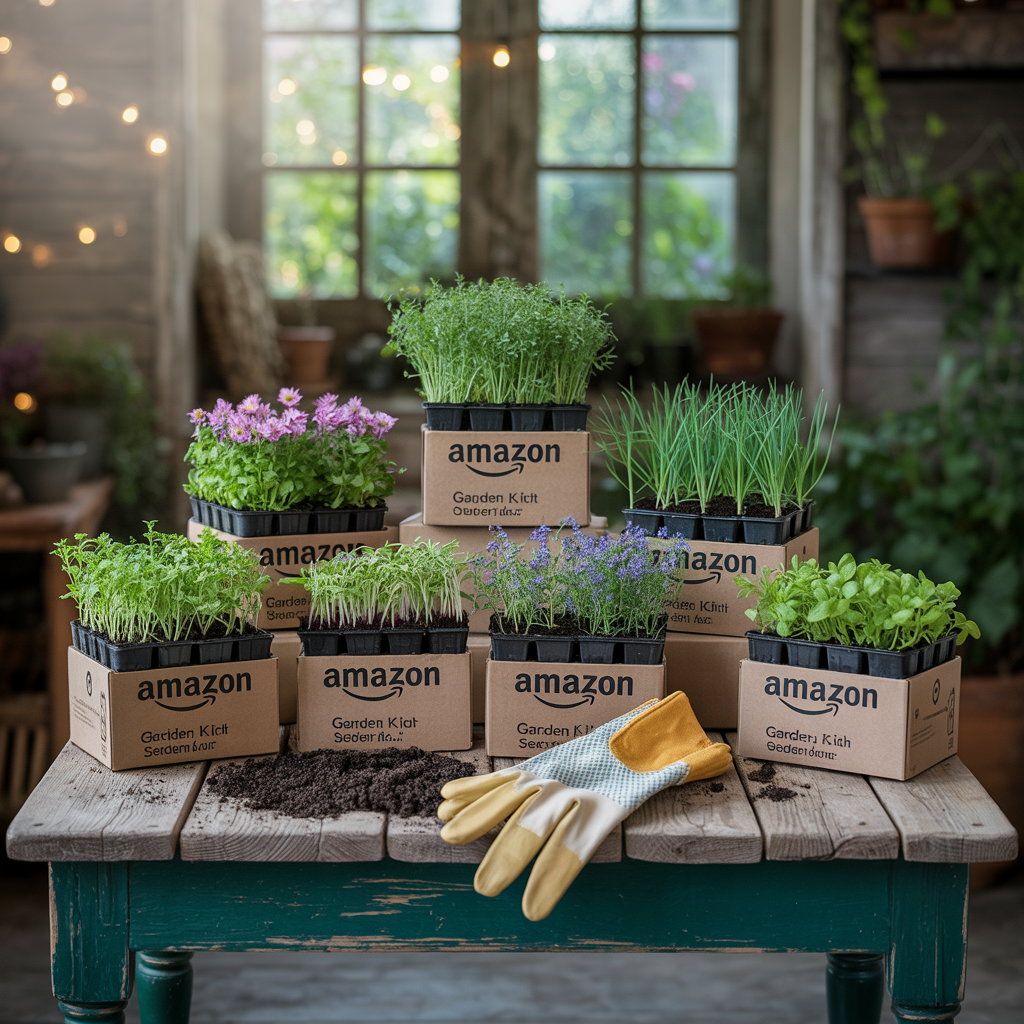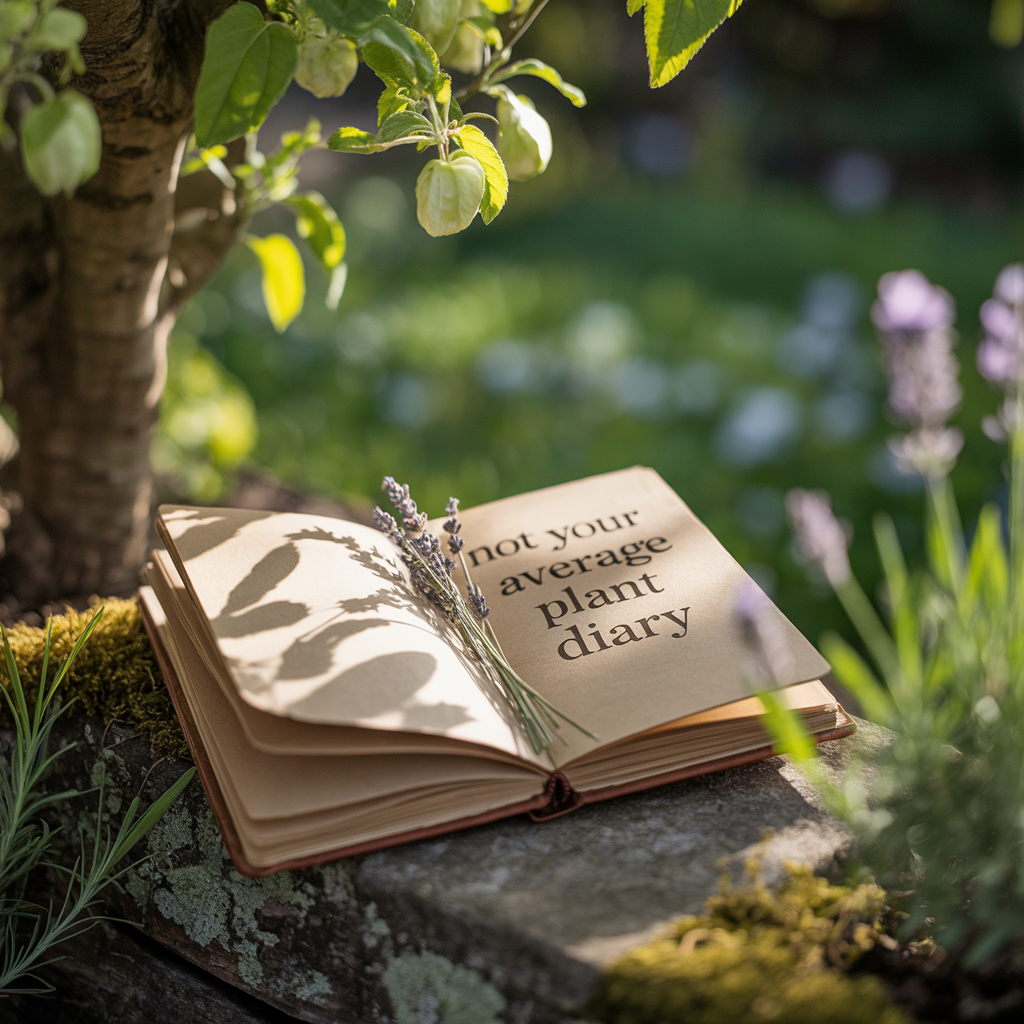Learn the best soil for home gardening: soil testing basics, potting mix recipes, and organic soil improvement for stronger roots and bigger harvests.
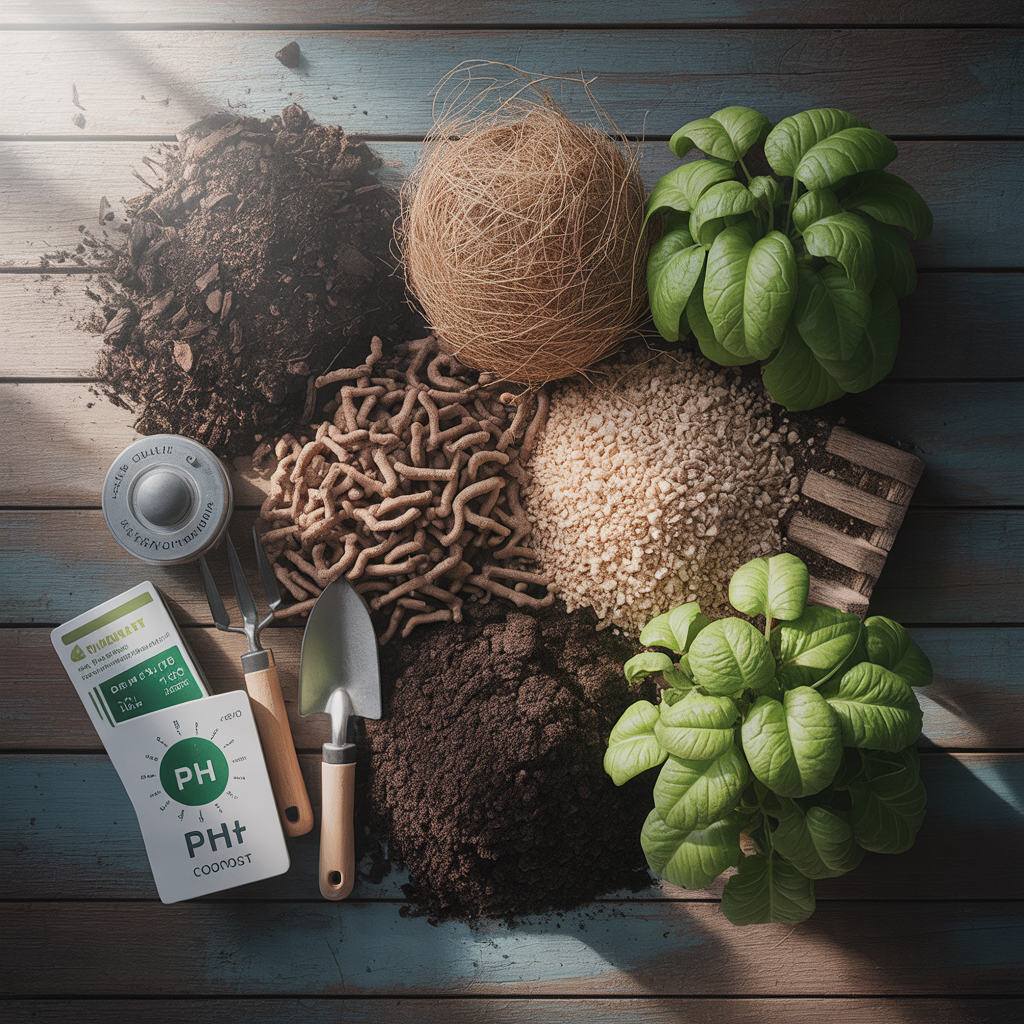
- 🌿 Introduction
- 🧭 How to Use This Guide
- STEP 1 — Diagnose Before You Dig: Soil Testing Basics
- STEP 2 — Texture 101: Loam, Clay, Sand, and Why It Matters
- STEP 3 — Drainage & Aeration: Roots Need Air as Much as Water
- STEP 4 — pH Perfection: Calibrate the Chemistry
- STEP 5 — Organic Matter: The Heart of Organic Soil Improvement
- STEP 6 — The Microbiome: Life That Builds the Best Soil for Home Gardening
- STEP 7 — Minerals & Amendments: Balance, Don’t Blast
- STEP 8 — Mulch Mastery: Moisture, Weeds, and Microbes
- STEP 9 — Potting Mix Recipes for Containers & Raised Beds
- STEP 10 — Seasonal Soil Care: Keep the Best Soil for Home Gardening Alive
- 🌾 Quick Reference Tables
- 🌼 Conclusion — Soil First, Success Follows
- ❓ FAQ (Schema-Ready)
- 📚 Glossary
🌿 Introduction
Have you ever planted a promising seedling, watched it struggle, and wondered what went wrong? The answer is usually simple: you didn’t start with the best soil for home gardening. Great gardens don’t begin with rare seeds or fancy tools—they begin with healthy soil that breathes, drains, and feeds roots.
Most beginners focus on plants, not the ground beneath them. They pour water onto compacted dirt, sprinkle a little fertilizer, and hope for the best. But roots can’t thrive in hard, airless soil. Plants stall, leaves yellow, and fruit stays small. Fortunately, the fix isn’t mysterious: you can build the best soil for home gardening with repeatable steps, reliable potting mix recipes, easy soil testing basics, and simple organic soil improvement that always works.
In this guide, you’ll learn exactly how to test, amend, and care for your soil so roots grow deep and strong. We’ll walk step-by-step through drainage, texture, pH, microbes, minerals, mulches, and mixes—everything you need to achieve the best soil for home gardening in any space, from raised beds to balcony containers. By the end, you’ll know how to create living soil that powers bigger harvests, season after season—even if you’re starting from scratch.
🧭 How to Use This Guide
Each section follows Problem → Explanation → Solution → Pro Tip and repeats the phrase best soil for home gardening naturally. Skim the headers, then dive deeper where you need help. Keep notes on your yard’s sunlight, drainage, and texture—it helps you personalize every fix.
STEP 1 — Diagnose Before You Dig: Soil Testing Basics
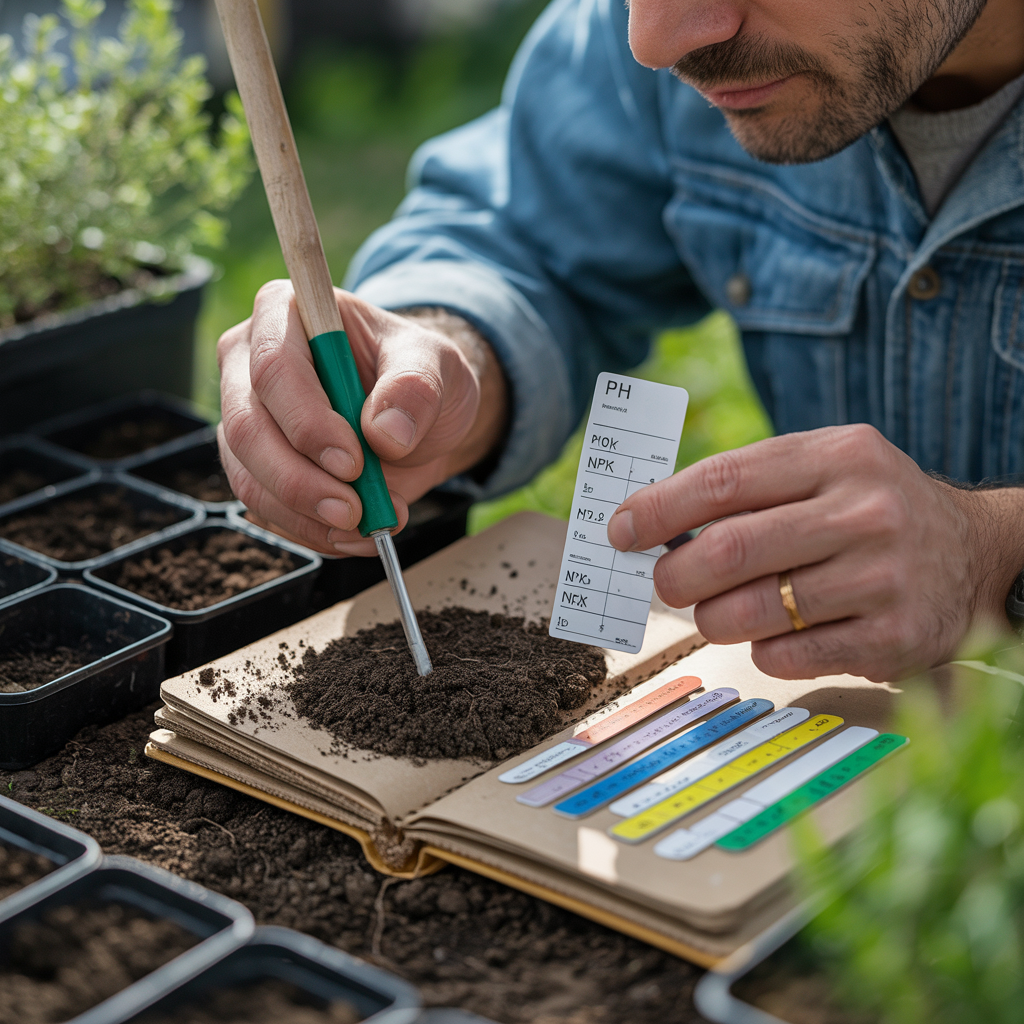
The Problem
Guessing leads to wasted time and money. Without soil testing basics, you can’t know if your pH, nutrients, or salts are the issue. Many gardeners add random fertilizers, which often makes things worse.
The Explanation
The best soil for home gardening starts with facts. Testing reveals pH (acidity/alkalinity), macronutrients (N-P-K), micronutrients (like iron and zinc), and sometimes organic matter. Even a simple home kit is enough to guide your first corrections and set you on the path to organic soil improvement.
The Solution
- At home: Use an affordable pH + NPK test kit. Test 3–5 spots, mix samples, and follow directions carefully.
- Local lab: If your garden is larger or persistent problems occur, submit a soil sample to a lab. Request recommendations tailored to vegetables, herbs, or flowers.
- Interpret results:
- pH 6.0–7.0 suits most vegetables.
- Low nitrogen: Add compost and slow-release organic fertilizer.
- High salts (containers): Flush pots thoroughly and switch to a better mix.
- pH 6.0–7.0 suits most vegetables.
Pro Tip
File your test results. Retest yearly in the same month. Consistency turns your notes into a map toward the best soil for home gardening that improves every season.
STEP 2 — Texture 101: Loam, Clay, Sand, and Why It Matters
The Problem
Clay holds water and suffocates roots; sand drains too fast and can’t hold nutrients. Extremes make it hard to achieve the best soil for home gardening.
The Explanation
Texture describes particle size: sand (large), silt (medium), clay (tiny). Loam—a balanced blend—gives the best soil for home gardening because it holds moisture, drains well, and stores nutrients. You can estimate texture with a simple jar test: shake soil in water with a little dish soap and watch layers settle.
The Solution
- Clay-heavy soil: Add coarse compost, aged bark fines, and a little coarse sand or perlite to improve porosity.
- Sand-heavy soil: Add compost, coco coir, and worm castings to increase water and nutrient holding capacity.
- Raised beds: Build upward with a custom mix (see potting mix recipes below) when native soil is poor.
- Containers: Always use a purpose-made potting mix—not garden soil.
Pro Tip
Texture improves with time. Keep adding organic matter, and the best soil for home gardening gradually forms as microbes glue particles into crumbly aggregates.
STEP 3 — Drainage & Aeration: Roots Need Air as Much as Water
The Problem
Soggy soil causes root rot; waterlogged containers collapse seedlings. Poor drainage ruins any attempt at the best soil for home gardening.
The Explanation
Roots breathe through tiny spaces between soil particles. Drainage creates that air. Aeration also powers the good microbes that turn organic matter into plant food. Without structure, water stagnates and nutrients lock up.
The Solution
- Beds: Shape beds into gentle mounds or raised beds. Blend compost with native soil to open channels for air and water.
- Containers: Ensure multiple drainage holes; use pot feet to elevate pots; add perlite or pumice to mixes.
- Aeration routine: Loosen the top 2–3 cm with a hand fork to break crusts. Mulch to reduce compaction from sun and rain.
Pro Tip
Do a quick drainage test: dig a 30 cm hole, fill with water, let it drain, then refill. If water disappears within 2–4 hours, you’re close to the best soil for home gardening standards.
STEP 4 — pH Perfection: Calibrate the Chemistry
The Problem
Even fertile soil can’t feed plants if pH is off. Too acidic locks out calcium and magnesium; too alkaline ties up iron and phosphorus. Your results won’t match your efforts unless pH supports the best soil for home gardening.
The Explanation
Most edibles prefer slightly acidic to neutral (pH 6.0–7.0). Blueberries prefer more acidic. Many ornamentals tolerate wider ranges, but vegetables are picky. pH shifts slowly, so make changes gradually.
The Solution
- If too acidic (low pH): Add agricultural lime according to test recommendations.
- If too alkaline (high pH): Add elemental sulfur, peat/coco, or long-term compost.
- Monitor: Retest after 2–3 months; don’t overcorrect.
- Containers: Use mixes pre-balanced for edibles; it’s a shortcut to the best soil for home gardening in pots.
Pro Tip
Record plant symptoms (e.g., interveinal chlorosis on new leaves can indicate high pH). Pair observations with tests for smarter, faster fixes.
STEP 5 — Organic Matter: The Heart of Organic Soil Improvement
The Problem
Thin, lifeless soil dries quickly, starves roots, and can’t buffer mistakes. Without organic matter, you won’t achieve the best soil for home gardening.
The Explanation
Organic matter (compost, leaf mold, aged manure) is the engine of organic soil improvement. It feeds microbes, improves structure, holds moisture like a sponge, and stores nutrients like a pantry.
The Solution
- Compost: Add 2–5 cm to beds each season; blend lightly into the top layer.
- Leaf mold: Shredded leaves decomposed into humus—excellent for moisture retention.
- Worm castings: Powerful microbe booster; use 5–10% in container mixes.
- Green manures/cover crops: Clover or beans fix nitrogen and add biomass.
Pro Tip
Compost quality varies. Finished compost smells earthy, not sour or ammonia-like. Sift lumpy batches before top-dressing to keep the surface fine and even.
STEP 6 — The Microbiome: Life That Builds the Best Soil for Home Gardening
The Problem
Sterile soils can’t cycle nutrients well. Plants depend on microbial partners; ignoring biology makes it hard to sustain the best soil for home gardening.
The Explanation
Bacteria, fungi (especially mycorrhizae), protozoa, and beneficial nematodes process organic matter and deliver nutrients to roots. Fungal networks expand root reach and improve drought resilience.
The Solution
- Inoculate: Mix mycorrhizal inoculant into planting holes for trees, tomatoes, and peppers.
- Feed life: Use compost, worm castings, and mulches instead of harsh salts.
- Avoid sterilizers: Minimize synthetic pesticides and high-salt fertilizers that collapse microbial diversity.
Pro Tip
When transplanting, dust roots lightly with mycorrhizae. You’ll often see quicker establishment and sturdier growth—hallmarks of the best soil for home gardening.
STEP 7 — Minerals & Amendments: Balance, Don’t Blast
The Problem
“More fertilizer” is not the answer. Overfeeding burns roots, disturbs microbes, and can push pH in the wrong direction—derailing the best soil for home gardening.
The Explanation
Plants need macronutrients (N-P-K) and micronutrients (Fe, Zn, B, Mn, Cu). Organics release nutrients steadily, which supports organic soil improvement and reduces runoff.
The Solution
- Slow-release organics: Use balanced organic fertilizer or blends like blood meal (N), bone meal (P), and greensand/kelp (K + trace minerals).
- Micronutrient fixes: Iron chelate for iron deficiency; gypsum to add calcium without raising pH; rock dust for trace minerals (moderately).
- Foliar feeds: Seaweed or fish emulsion help during stress.
- Timing: Light feed at planting; again mid-season for heavy feeders.
Pro Tip
Keep amendments gentle and consistent. The best soil for home gardening is steady, not spiky—think slow nutrition, not sugar rush.
STEP 8 — Mulch Mastery: Moisture, Weeds, and Microbes
The Problem
Bare soil bakes, erodes, and grows weeds. That’s the opposite of the best soil for home gardening.
The Explanation
Mulch moderates temperature, reduces evaporation, and protects soil life. Organic mulches also break down into humus—free organic soil improvement while you sleep.
The Solution
- Organic mulches: Shredded leaves, straw, pine needles, or arborist chips (around trees/shrubs).
- Depth: 5–8 cm for beds; keep a small ring clear around stems to prevent rot.
- Refresh: Top up as material decomposes.
- Containers: Use a thin layer of coco chips or fine bark to reduce splash and moss.
Pro Tip
Add a sprinkle of compost under mulch in spring—microbes love the buffet. It’s a small step with big returns toward the best soil for home gardening.
STEP 9 — Potting Mix Recipes for Containers & Raised Beds
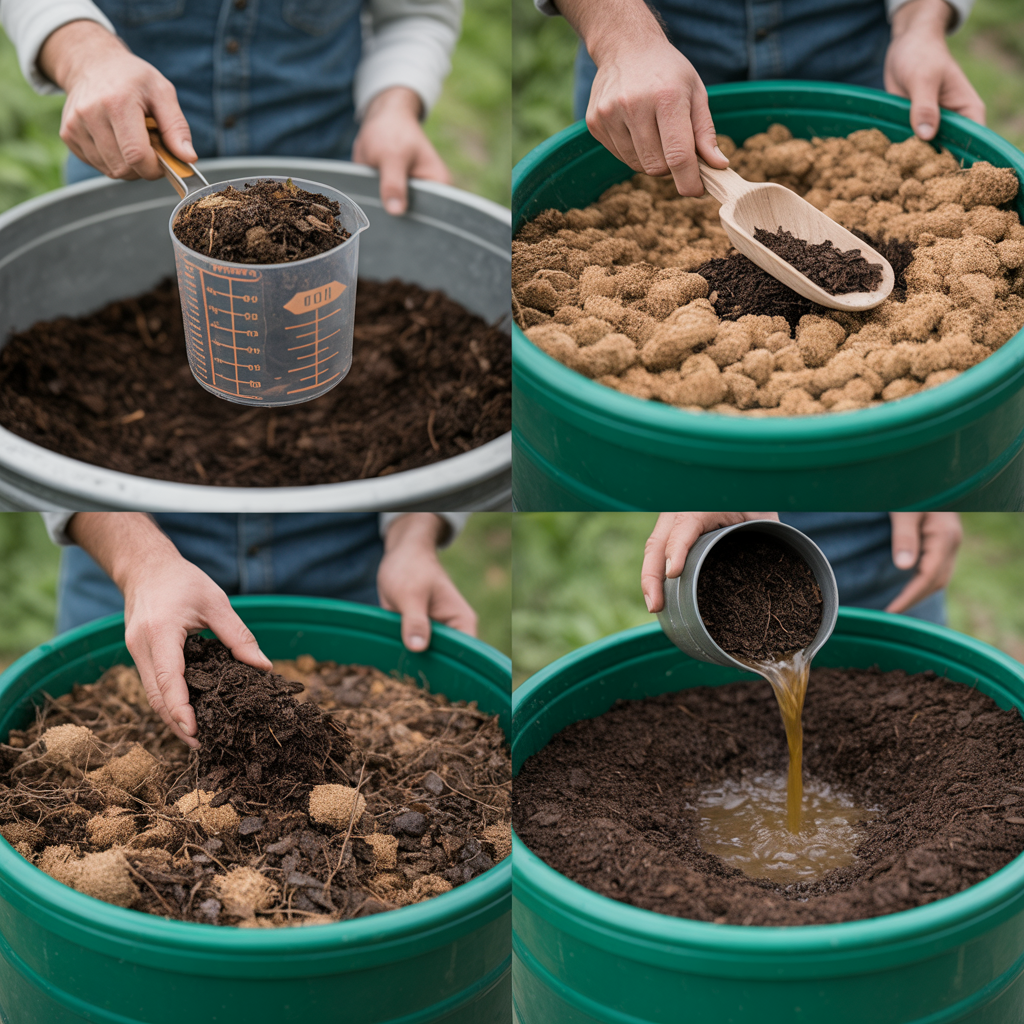
The Problem
Garden soil compacts in pots and raised beds. Without custom potting mix recipes, you won’t get the best soil for home gardening in containers.
The Explanation
Container roots need air and consistent moisture. Raised beds benefit from structured mixes, especially when the native soil is poor. Tailor blends to plant types and climate.
The Solution: Potting Mix Recipes
All-Purpose Container Mix (indoor/outdoor herbs & greens)
- 40% high-quality peat or coco coir
- 35% screened compost
- 15% perlite or pumice
- 10% worm castings
(Optional: a tablespoon of slow-release organic fertilizer per gallon of mix)
Vegetable Power Mix (tomatoes, peppers, cucumbers)
- 35% coco coir (moisture stability)
- 35% compost (nutrients + microbes)
- 20% perlite/pumice (aeration)
- 10% aged bark fines (structure + fungal habitat)
(Top-dress monthly with compost and a balanced organic fertilizer.)
Raised Bed Blend (when native soil is poor)
- 40% screened compost
- 30% topsoil or loam (purchased if needed)
- 20% coco coir/peat
- 10% perlite/pumice
(Mix in bone meal and rock phosphate lightly for flowering/fruiting crops.)
Acid-Lovers Mix (blueberries, azaleas)
- 40% peat/coco
- 40% pine bark fines
- 20% compost
(Aim for pH ~5.0–5.5.)
Pro Tip
Hydrate peat or coco fully before blending. Pre-moistening prevents hydrophobic dry pockets and gives you a jump start on the best soil for home gardening in containers.
STEP 10 — Seasonal Soil Care: Keep the Best Soil for Home Gardening Alive
The Problem
Soil isn’t a one-and-done project. Neglect between seasons turns great soil into hardpan. That’s how gardeners lose the best soil for home gardening advantages they worked so hard to build.
The Explanation
Living soil needs steady food, gentle protection, and light disturbance. Each season offers a chance to boost structure and biology through organic soil improvement.
The Solution: Seasonal Routine
- Spring: Rake off old mulch, top-dress 2–3 cm compost, re-mulch. Check pH and nutrients. Rebuild edges of raised beds.
- Summer: Maintain mulch depth; spot-feed heavy feeders with compost tea or seaweed; aerate crusted surfaces lightly.
- Autumn: Add leaves; chop and drop healthy plant residues; sow cover crops in open beds.
- Winter: Rest the soil under mulch. In mild climates, add a winter cover crop or living mulch.
Pro Tip
Keep a soil journal. Track pH, amendments, and crop performance. Year over year, you’ll dial in the best soil for home gardening for your unique climate and crops.
🌾 Quick Reference Tables
A. pH Targets & Corrections
| Crop Type | Ideal pH | If Low (Acidic) | If High (Alkaline) |
| Most Veggies | 6.0–7.0 | Agricultural lime | Elemental sulfur |
| Brassicas (cabbage) | 6.5–7.0 | Lime + compost | Sulfur + organic matter |
| Blueberries | 4.5–5.5 | Peat/coco + sulfur | Avoid lime completely |
| Herbs (mixed) | 6.0–7.0 | Lime lightly | Sulfur lightly |
B. Organic Matter Sources
| Material | Benefit | Notes |
| Compost | Nutrients + microbes + structure | Top-dress 2–5 cm per season |
| Leaf mold | Moisture retention + fungal networks | Collect and shred autumn leaves |
| Worm castings | Microbe booster + gentle nutrients | Use 5–10% in mixes |
| Aged manure | Long-term nutrients | Only well-aged; avoid fresh with veggies |
C. Container Drainage Boosters
| Amendment | Use Rate | Why It Helps |
| Perlite | 10–20% of mix | Air pockets, prevents compaction |
| Pumice | 10–20% of mix | Long-lasting, heavy-mix stability |
| Bark fines | 5–15% of mix | Fungal habitat, structure |
🌼 Conclusion — Soil First, Success Follows
Plants succeed when roots can breathe, drink, and eat in balance. That’s why the best soil for home gardening is your greatest investment. Test before guessing. Tune pH. Add organic matter. Encourage microbes. Balance minerals. Mulch like a pro. And tailor potting mix recipes to each space—from deep beds to tiny balconies.
Follow these steps and you’ll see stronger stems, deeper green leaves, and harvests that make you proud. The best soil for home gardening is a living system you build piece by piece. Start today, and your future self (and your future garden) will thank you.
Now it’s your turn: What’s your next soil fix—testing pH, blending a new mix, or top-dressing compost? Tell me in the comments and I’ll help you personalize a plan.
❓ FAQ (Schema-Ready)
Q1. What is the best soil for home gardening if I’m starting from scratch?
A loose, loamy blend with compost, coco/peat for moisture, and perlite/pumice for aeration is the best soil for home gardening baseline. Aim for pH 6.0–7.0 and top-dress compost every season.
Q2. How do I test pH and nutrients at home?
Use a simple pH + NPK kit for soil testing basics. Sample multiple spots, mix, and follow directions. For detailed advice, send a sample to a local lab.
Q3. What are the best potting mix recipes for containers?
All-purpose: 40% coco/peat, 35% compost, 15% perlite, 10% worm castings. For fruiting veggies, add bark fines and top-dress monthly. These mixes create the best soil for home gardening in pots.
Q4. How can I fix heavy clay soil?
Blend compost, aged bark fines, and a bit of coarse material (perlite/pumice). Avoid over-tilling. Over time, organic matter builds the best soil for home gardening texture you need.
Q5. How often should I add compost?
2–5 cm per season is typical. Regular, small additions maintain the best soil for home gardening without shocking the ecosystem.
Q6. Do I need fertilizer if I use compost?
Often yes, especially for heavy feeders. Choose slow-release organic blends. Balanced additions support organic soil improvement without harming microbes.
Q7. What mulch is best for vegetables?
Shredded leaves or straw. Keep mulch off stems. Mulch supports moisture, reduces weeds, and grows the best soil for home gardening naturally.
Q8. Why do my container plants dry out so fast?
Likely a mix with too little organic matter or drainage amendments. Adjust with coco/peat for moisture retention and perlite/pumice for air.
Q9. Can I reuse potting soil?
Yes—with care. Remove roots, add 25–50% fresh compost, adjust perlite, and check pH. Re-amending keeps containers close to the best soil for home gardening standard.
Q10. Are chemical fertilizers bad for soil life?
High-salt products can stress microbes. Gentle organics, compost, and teas are safer for organic soil improvement and long-term health.
📚 Glossary
Loam: A balanced soil of sand, silt, and clay—ideal structure for roots.
Aggregate: Crumbly clusters of soil particles formed by microbial glues.
Mycorrhizae: Beneficial fungi that extend root reach and nutrient uptake.
Cation Exchange Capacity (CEC): Soil’s ability to hold and release nutrients.
Humus: Stable, dark organic material that drives the best soil for home gardening.
Foliar feed: Nutrients applied to leaves for quick absorption.
Green manure: Cover crops grown to add organic matter and nutrients.
Hydrophobic: Water-repellent when very dry; common with peat if not pre-moistened.
💡 Looking for something different? Check out our latest post here: https://gardeniva.com/gardening-tools-every-beginner-needs/

